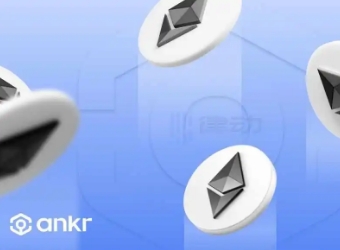What are the basic elements of Wbe3? Three basic components constitute the pioneering theory of Web3: blockchain, which stores the data of all asset ownership and completed transaction history; "Smart" contract, representing application logic, has the abi
Three basic components constitute the pioneering theory of Web3: blockchain, which stores the data of all asset ownership and completed transaction history; "Smart" contract, representing application logic, has the ability to independently perform specific tasks; Digital assets can represent anything of value and become "programmable" together with smart contracts. These three principles have different degrees of complexity, and each is changing to solve the initial problems and structural defects. The following is a brief description of the basic elements of Web3.
Open data structure of blockchain
In Web3, application data is stored in an open data structure, which can be read and written by anyone, rather than stored in a personal database. Blockchain is an open data system. Blockchain is an open database that stores all relevant transaction data safely and comprehensively.
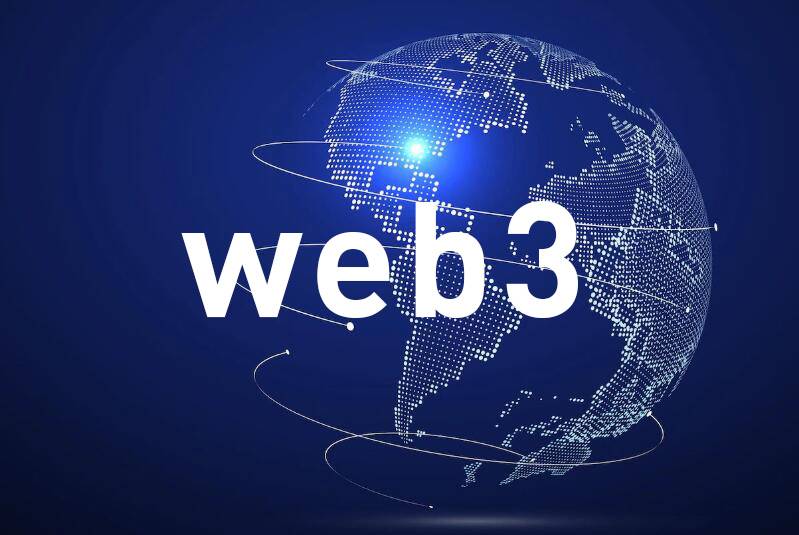
The basic database is copied and distributed among many participants in the computer server network called "nodes", which is why they are often called "distributed digital ledger" blockchain, which refers to discrete data blocks linked or linked together, called "blocks". When new data is uploaded to the network, a new block will be generated and permanently linked to the chain. Then, update all nodes to reflect the changes. A key difference from traditional databases is that there is no central repository for data.
This has several advantages. First, there is no control point, review point or failure point in the system. User data is no longer decentralized on many platforms and is no longer private or sold.
Smart contract without intermediary function
In blockchain, smart contract is a computer program that automatically executes validated transactions according to the standards established in advance and agreed by both parties. Because they are often implemented as immutable programs, they need to be carefully planned and set. However, once in place, they can operate quickly and effectively without middlemen and withdrawal fees. Once the application is deployed, it is difficult to update the logic because it is predetermined in the contract.
Decentralized autonomous organization (DAO) is a type of collective governance by users of programs with smart contract governance tokens. It often controls these applications. If the DAO is configured correctly, no enterprise can decide to change the specification of the application. In contrast, Web2 applications provide enterprises with complete control over specific factors such as pricing.
Tokens and digital assets as decentralized ownership
Digital assets are intangible goods of ownership, rights and security. These assets can interact with smart contracts and span multiple applications on the blockchain. In many places, the legal environment surrounding these digital assets and their own rights is still not fully defined, although they are expected to represent verifiable and owned digital values. At present, there are four main types of digital assets:
1. Stable currency: refers to legal tender, such as US dollar or central bank digital currency (CBDCs), which is used to represent the currency on the blockchain controlled by the central bank and is a substitute for local tokens.
2. Native tokens: financial incentives used to reward nodes to maintain and update their blockchains.
3. Non-replaceable token (NFT): It is a single and indivisible digital asset with verifiable ownership and governance token, and it is a token reflecting the voting rights of smart contract function parameters.
4. The claim for physical assets (such as commodities, real estate or intellectual property) is represented by digital assets: these digital assets are "tokenized" into tradable digital assets on the blockchain.
ending
Although each digital asset has a unique role, asset ownership data is now stored on the blockchain rather than on a regulated private ledger (such as a bank), allowing the storage, verification and exchange of user-owned value without the participation of a third party. These assets can also interact with smart contracts and be put into "productive" use by generating revenue for their owners, while being deployed independently by these contracts.




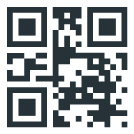



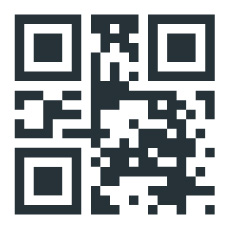



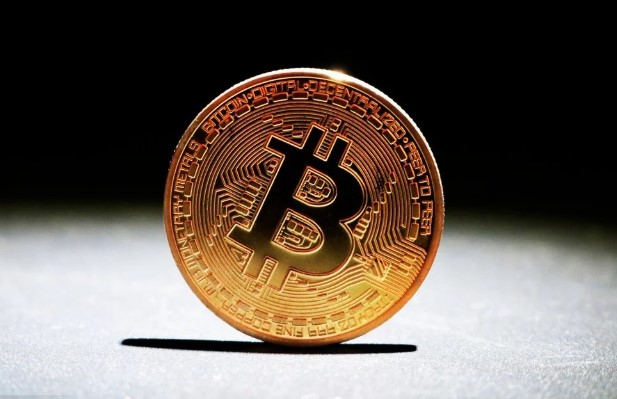
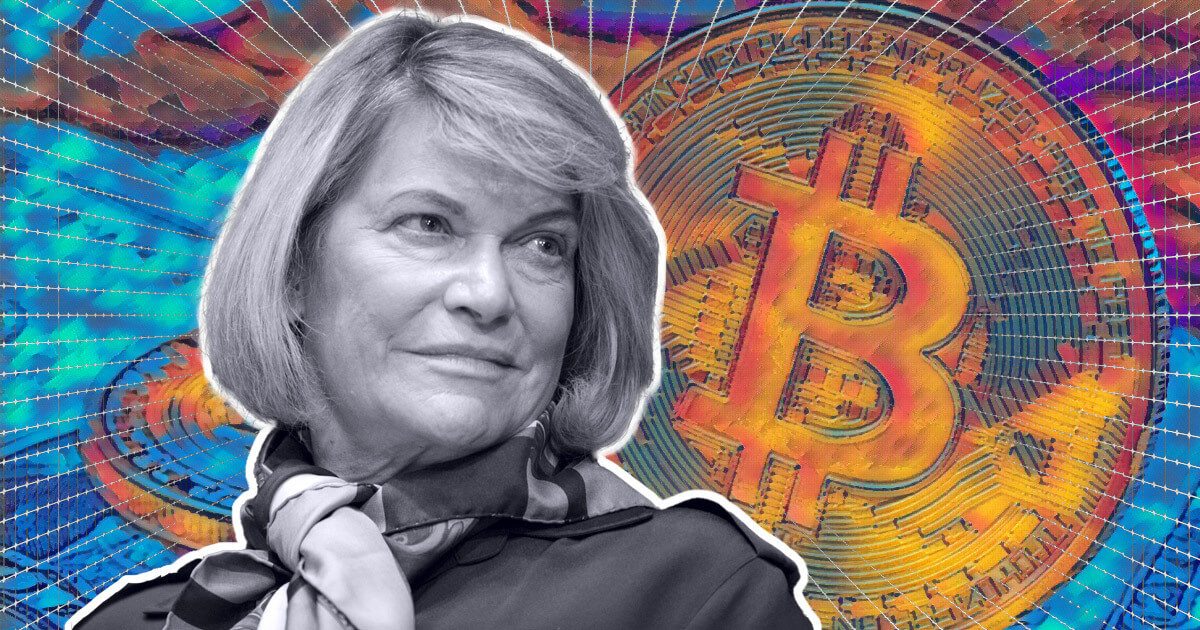
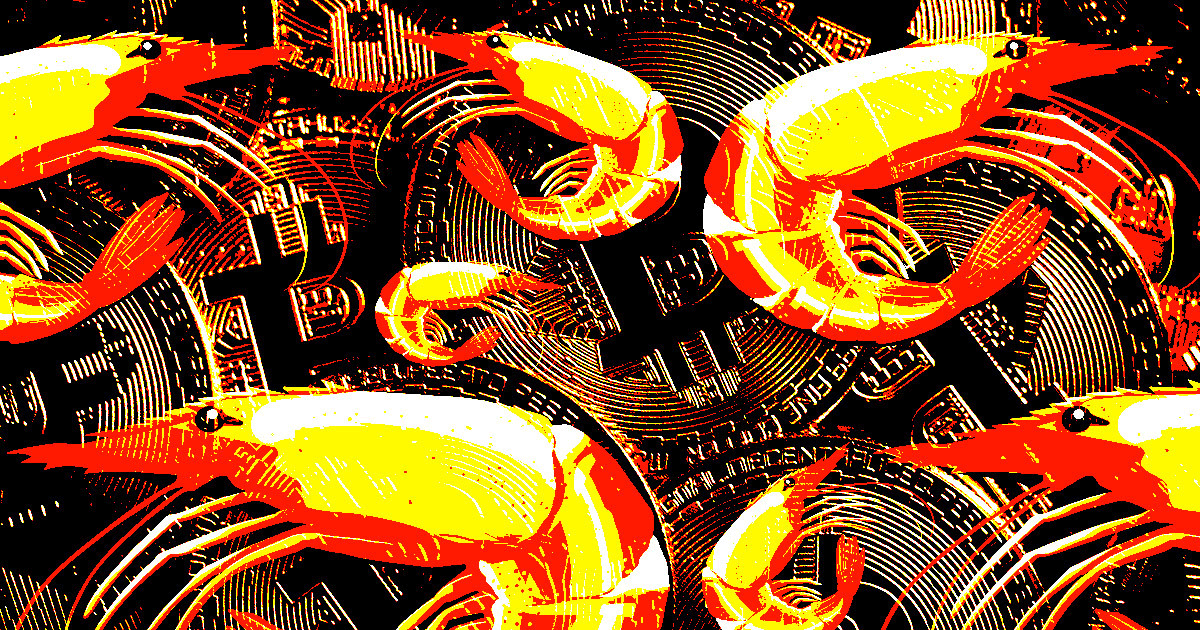

 Tue, 18 Apr 2023
Tue, 18 Apr 2023